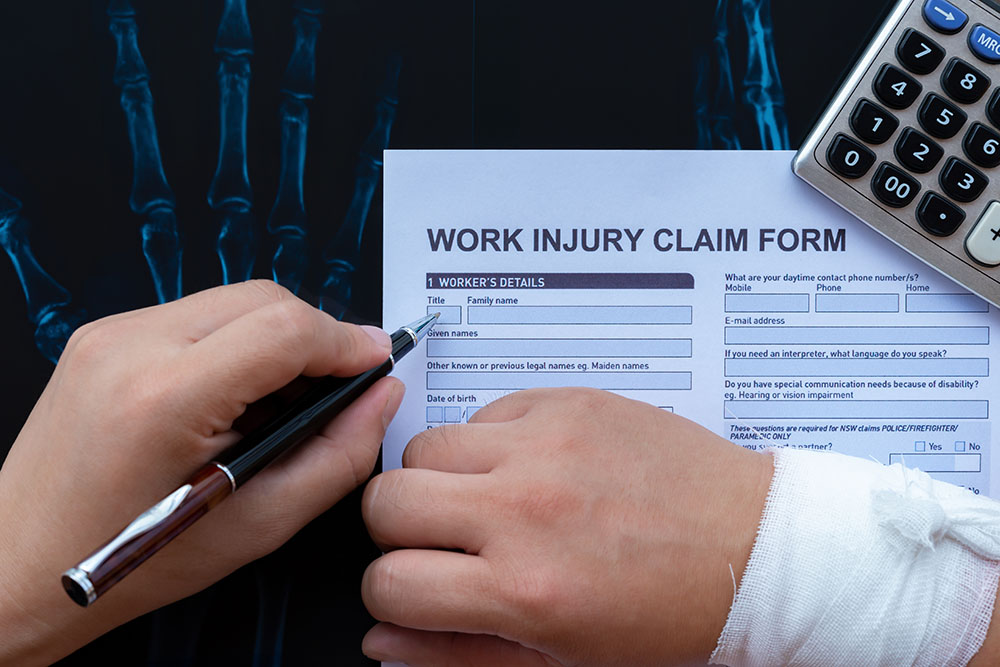Stevens-Johnson Syndrome (SJS) is a frightening medical condition that can turn life upside down in an instant. It often begins with flu-like symptoms but quickly leads to painful sores and rashes covering much of the body. For those coping with this difficult illness, understanding the SJS lawsuit process becomes a beacon of hope. Legal action can provide much-needed assistance with mounting medical bills and ongoing care costs. For those affected and their families, knowing what an SJS lawsuit entails can make navigating these tough times just a little bit easier.
When someone suffers from SJS, it can feel overwhelming. As it physically disrupts daily routines and brings discomfort, it also creates emotional challenges both for the individual and those around. Exploring how the legal system can support victims of SJS by holding responsible parties accountable is an important first step. Getting familiar with the lawsuit process offers clarity and helps individuals regain control during such an uncertain time.
What to Know Before Filing an SJS Lawsuit
Stepping into an SJS lawsuit begins with understanding what makes a case eligible. Typically, an SJS lawsuit is filed when the condition is linked to a drug or treatment. Recognizing that a medication could be responsible for such adverse reactions makes it essential to file. Apart from the potential for compensation, lawsuits promote awareness about the risks linked to specific drugs.
Preparation plays a crucial role in determining the success of any legal action. Before proceeding, gather vital documents like medical records that confirm the SJS diagnosis and establish a connection to the medication or treatment in question. Consulting a legal expert ensures that every necessary piece of evidence is in place. This not only includes medical documents but also a detailed timeline of events leading to and following the development of SJS.
Choosing a lawyer with experience in handling SJS-related cases is a smart step. Their insights offer guidance through the legal maze, increasing the chances of a favorable outcome. A lawyer familiar with these cases knows how to effectively argue the complex nature of SJS claims, providing a stronger foundation for victory. With the right legal guidance, the lawsuit becomes less daunting and more manageable, empowering victims to set things right.
Steps in the SJS Lawsuit Process
Every journey through an SJS lawsuit starts with a solid understanding of the steps involved. Initially, the case assessment sets the foundation. This stage involves confirming the SJS diagnosis and gathering evidence that connects the condition to a drug or treatment. Proper documentation is crucial here, ensuring that all medical records are organized and complete.
Once the groundwork is laid, the next phase is filing the lawsuit. This involves official paperwork and notification to the parties involved. After this, the pre-trial process begins, which may include gathering more evidence and preparing for the possibility of court. During this time, lawyers work diligently to strengthen the case by collecting expert opinions and testimonies.
The lawsuit may then move into negotiations, where both parties can attempt to resolve the issue without a trial. Settlement discussions are common and can ease the burden of a lengthy court battle. However, if negotiations don’t lead to a satisfactory outcome, the case might proceed to trial. In this phase, presenting a compelling argument becomes key, as the court examines all evidence to reach a decision.
Preparing for Your SJS Lawsuit
Being prepared can significantly influence the outcome of an SJS lawsuit. Start by organizing all the medical records and evidence. This includes prescriptions, treatment histories, and any other information that directly ties the medication or treatment to the onset of SJS. Having everything clear and accessible makes the legal process smoother.
Collaborating with your lawyer is where preparation truly shines. Lawyers offer insights that can help build a strong case. They guide on what evidence is most compelling and how to present it effectively. This teamwork helps ensure that no details are overlooked, maximizing the chances of a favorable result.
Emotional and mental preparation shouldn’t be ignored. Engaging in a lawsuit can be stressful, especially when dealing with a condition like SJS. Finding ways to manage stress, such as speaking with a counselor or joining support groups, can provide comfort. Staying mentally strong is as important as the legal aspects in achieving the best outcome.
After the SJS Lawsuit: What to Expect
Once the lawsuit concludes, understanding the potential outcomes equips individuals for the next steps. Settlements are often the goal, providing compensation for medical expenses and pain experienced. Knowing what the settlement includes helps set expectations for recovery and financial planning.
Life after an SJS lawsuit involves ongoing management and support. Steps to recovery take time, and the conclusion of the legal process is a new beginning in this journey. Whether it’s physical rehabilitation or emotional well-being, planning care continues to be important.
Those who go through the SJS lawsuit process often find themselves facing unfamiliar challenges. However, gaining knowledge about each phase enables them to approach the situation with confidence and clear expectations. This understanding eases the path forward, allowing individuals to focus on health and well-being post-lawsuit.
Understanding the complexities of an SJS lawsuit can be very challenging when faced with the realities of this condition. If you or a loved one are dealing with the implications of Stevens-Johnson Syndrome, seeking knowledgeable legal support is key. Trust the expertise of Greg Jones Law, P.A. to help guide you through the legal process. Discover more about how they can assist you by visiting their dedicated SJS lawsuit page.




